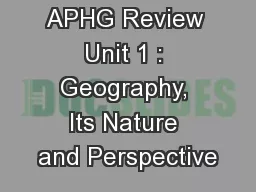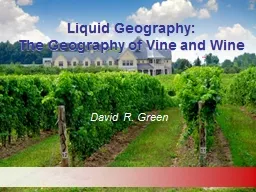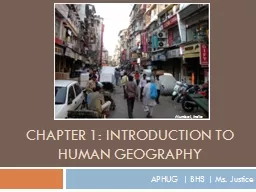PPT-Geography Vocabulary pg
Author : sherrill-nordquist | Published Date : 2018-12-10
3 Copy the following definitions Geography the study of the Earth people places and environments Map Legend gives symbols to represent places on a map Map Scale
Presentation Embed Code
Download Presentation
Download Presentation The PPT/PDF document "Geography Vocabulary pg" is the property of its rightful owner. Permission is granted to download and print the materials on this website for personal, non-commercial use only, and to display it on your personal computer provided you do not modify the materials and that you retain all copyright notices contained in the materials. By downloading content from our website, you accept the terms of this agreement.
Geography Vocabulary pg: Transcript
Download Rules Of Document
"Geography Vocabulary pg"The content belongs to its owner. You may download and print it for personal use, without modification, and keep all copyright notices. By downloading, you agree to these terms.
Related Documents

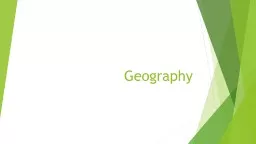
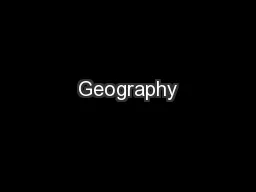
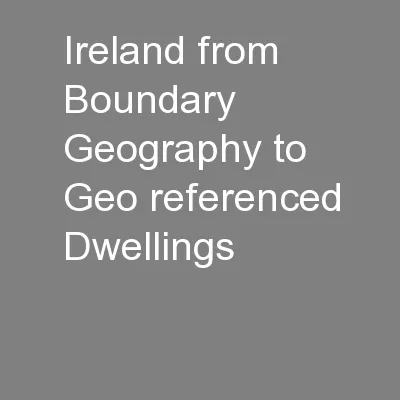
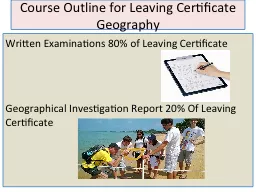
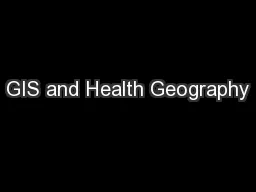
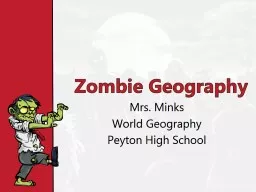
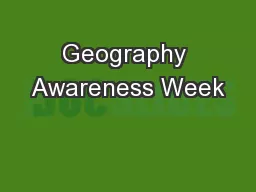
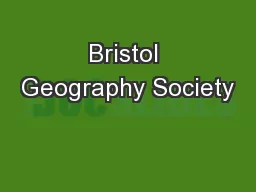
![Geography Antarctica The Journey to the South Pole [Date]](https://thumbs.docslides.com/637294/geography-antarctica-the-journey-to-the-south-pole-date.jpg)
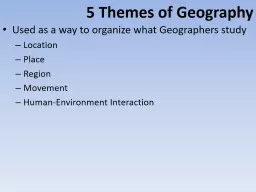
![Geography Coasts Coastal Erosion [Date]](https://thumbs.docslides.com/660288/geography-coasts-coastal-erosion-date.jpg)
